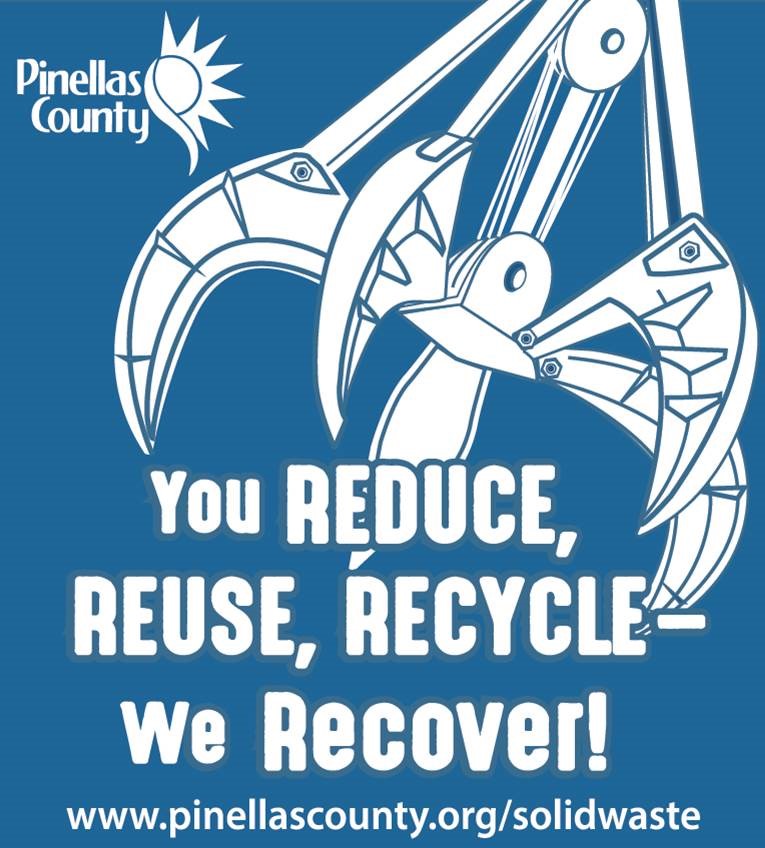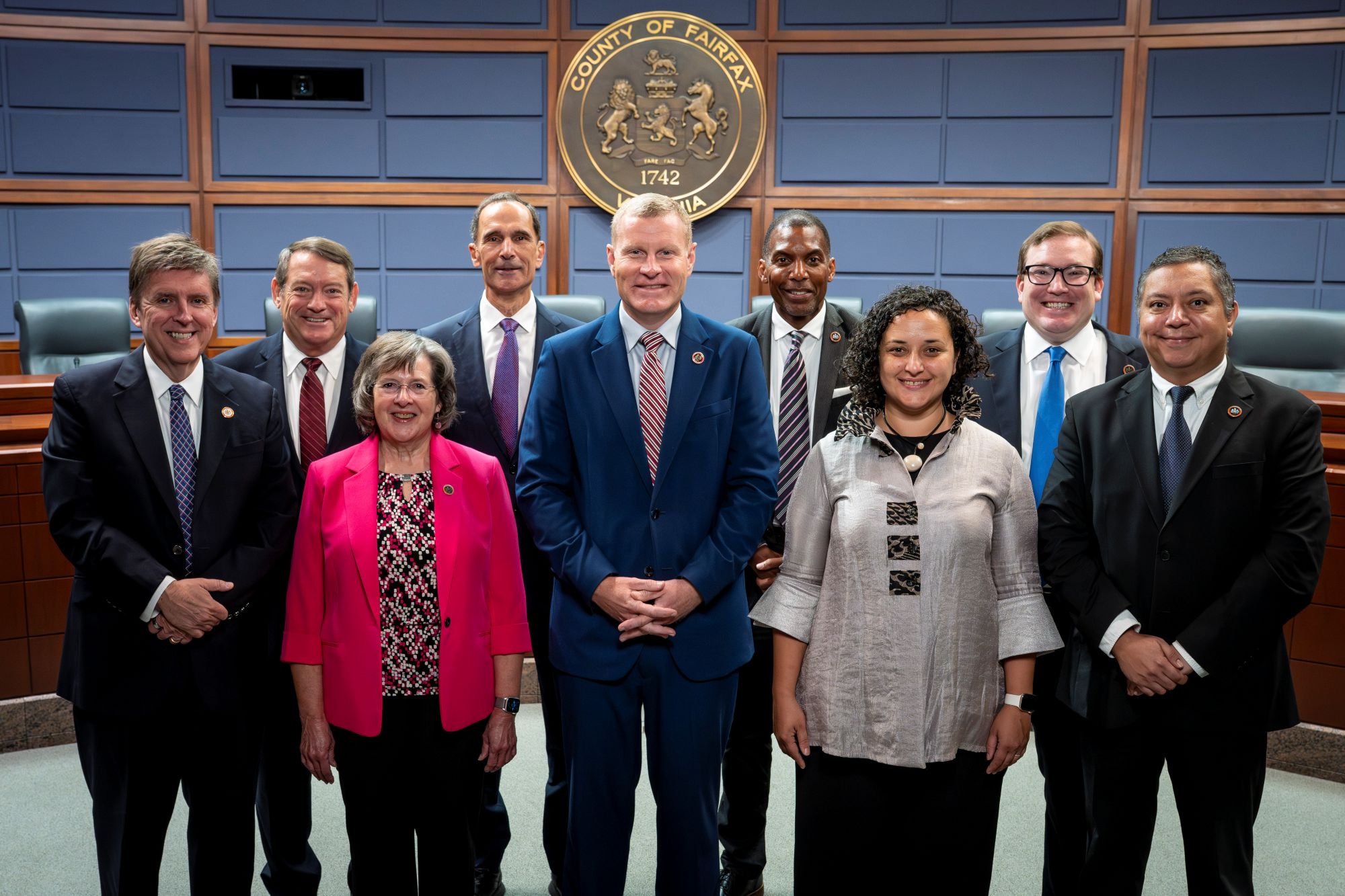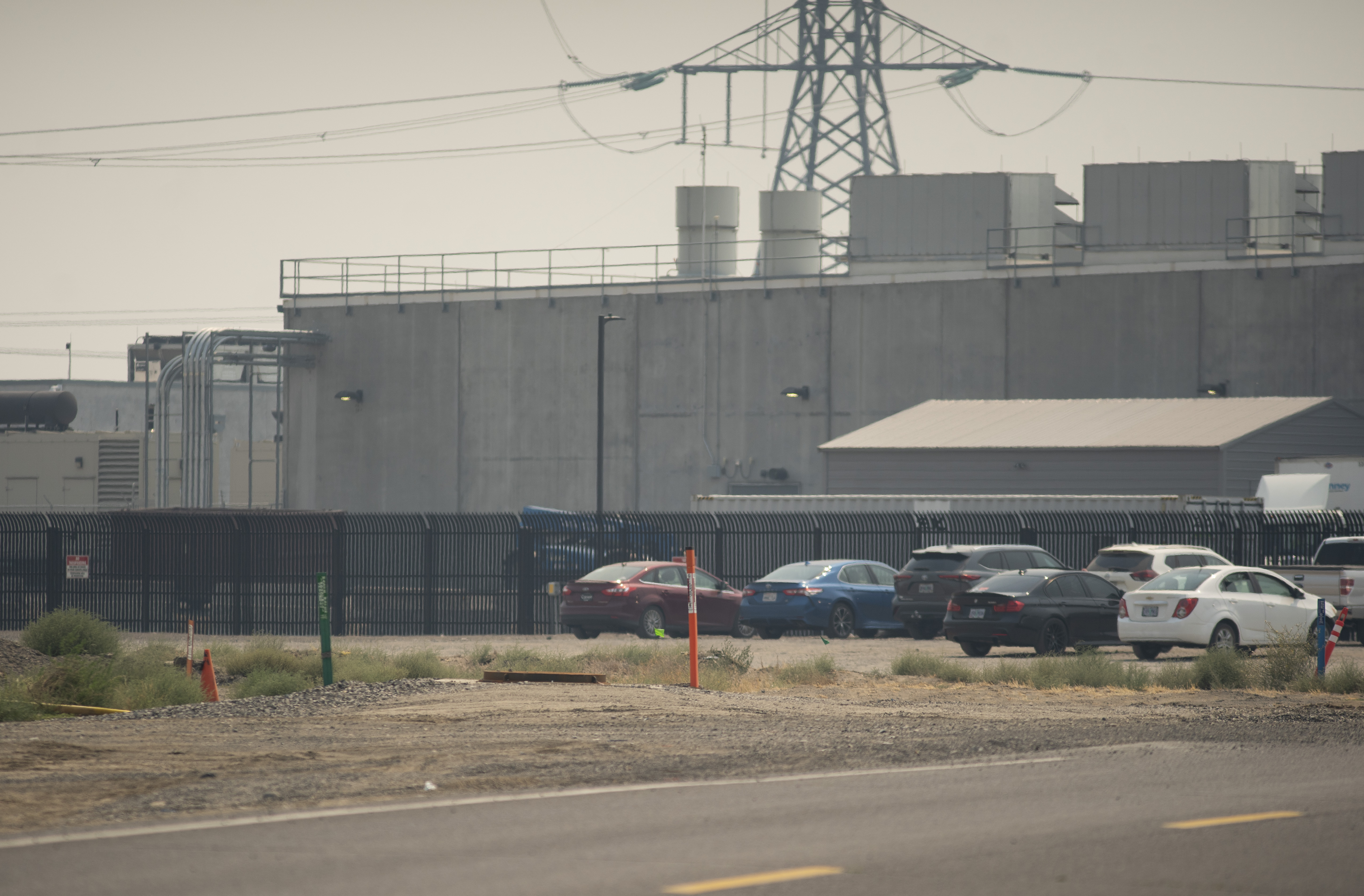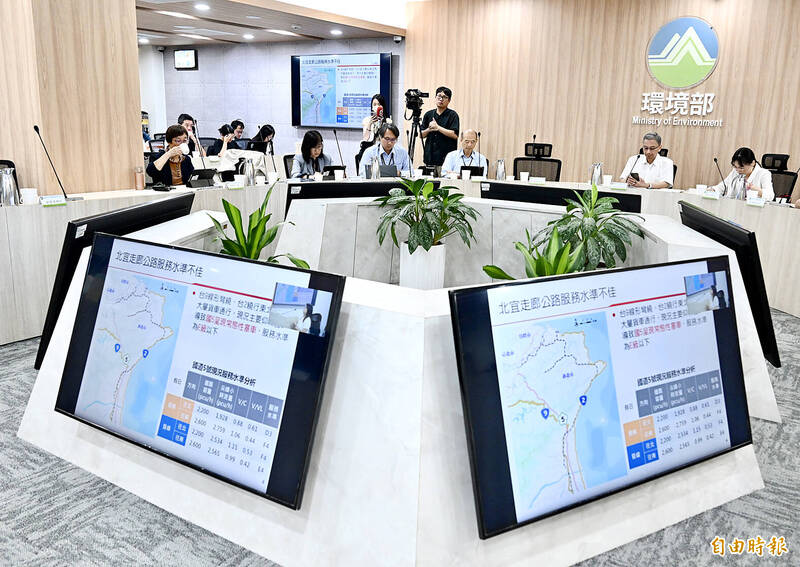Pinellas County Emergency Preparedness and Resilience Report
Last updated on
This report details Pinellas County’s strategic initiatives for emergency management and disaster preparedness. The framework is aligned with the United Nations Sustainable Development Goals (SDGs), focusing on building a safe, resilient, and sustainable community in the face of climate-related hazards. This document is subject to ongoing updates during large-scale emergencies.
Community Engagement and Partnerships for Resilience (SDG 17)
Storm Mitigation Expo
In a collaborative effort to foster community resilience, Pinellas County and the City of St. Pete Beach will host a Storm Mitigation Expo. This initiative directly supports SDG 11 (Sustainable Cities and Communities) by empowering residents and business owners with actionable knowledge to protect property from storm impacts.
- Date: Saturday, August 2
- Time: 10 a.m. – 1 p.m.
- Location: St. Pete Beach Community Center, 251 76th Ave, St Pete Beach
Post-Disaster Recovery and Sustainable Redevelopment (SDG 11)
Hurricane Recovery Resources
Recovery resources following Hurricanes Milton, Helene, and Debby are available. A key component of the recovery process involves the strategic allocation of $813 million in Community Development Block Grant – Disaster Recovery (CDBG-DR) funds. Public input is being solicited to ensure these funds are used to rebuild in a manner that is sustainable, resilient, and equitable, in line with the principles of SDG 11.
Strategic Framework for Disaster Preparedness
The county’s preparedness strategy is built on three core pillars designed to enhance public safety and institutional effectiveness, contributing to SDG 3 (Good Health and Well-being) and SDG 13 (Climate Action).
-
Risk Assessment
Understanding specific vulnerabilities is the foundation of resilience. This aligns with the targets of SDG 11, which call for reducing the impact of disasters.
- Residents are advised to identify their evacuation zone, which is determined by the property’s vulnerability to life-threatening storm surge. This is distinct from FEMA flood zones.
-
Information Dissemination
Ensuring access to reliable and timely information for all is a cornerstone of effective emergency management and supports SDG 16 (Peace, Justice and Strong Institutions).
- Ready Pinellas App: A primary tool for preparedness information.
- Alert Pinellas: An emergency notification service for real-time updates.
- Social media channels are also utilized for continuous communication.
-
Action Planning
Proactive and inclusive planning is crucial for protecting every member of the community, a goal central to SDG 11.
- Residents are encouraged to create a comprehensive plan that addresses the needs of all family members, including adults, children, individuals with special needs, and pets.
- The Pinellas County Hurricane Guide is available in multiple languages to ensure accessibility and inclusivity.
Governance and Institutional Framework (SDG 16)
Emergency Declarations and Orders
The county’s ability to issue and manage emergency declarations demonstrates the presence of strong and responsive institutions, which are essential for implementing climate adaptation strategies and safeguarding citizens as outlined in SDG 13 and SDG 11.
- Resolution No. 25-19: Order Extending the State of Local Emergency for Hurricane Helene and Hurricane Milton (2/25/25).
- A full list of recent emergency declarations and executive orders is maintained for public review.
SDGs Addressed in the Article
SDG 11: Sustainable Cities and Communities
- The article directly relates to making cities and human settlements inclusive, safe, resilient, and sustainable. The entire focus is on Pinellas County’s efforts to prepare for, mitigate, and recover from hurricanes, which are significant threats to the safety and resilience of the community. Actions like the “Storm Mitigation Expo” to protect homes and businesses, providing evacuation zone information, and offering recovery resources are all aimed at creating a more resilient urban/county area.
SDG 13: Climate Action
- This goal is addressed by taking urgent action to combat climate change and its impacts. Hurricanes are climate-related natural disasters. The article details measures to strengthen resilience and adaptive capacity to these hazards. By providing residents with tools and information (“Ready Pinellas” app, “Hurricane Guide,” “Alert Pinellas”), the county is improving education, awareness, and institutional capacity for climate change adaptation and impact reduction.
SDG 1: No Poverty
- The article connects to this goal by addressing the resilience of vulnerable populations. Disasters disproportionately affect the poor and those in vulnerable situations. The article mentions making plans for “people with special needs” and highlights the allocation of “$813 million CDBG-DR funds” for recovery. These funds are critical for helping affected individuals and communities rebuild their lives and livelihoods, preventing them from falling into poverty as a result of a disaster.
Specific SDG Targets Identified
Target 11.5
- “By 2030, significantly reduce the number of deaths and the number of people affected and substantially decrease the direct economic losses…caused by disasters…with a focus on protecting the poor and people in vulnerable situations.”
- The article’s content directly supports this target. The “Storm Mitigation Expo” is designed to help residents protect their property, thus reducing economic losses. The emphasis on making a plan for “people with special needs” aligns with the focus on protecting vulnerable populations. The allocation of “$813 million CDBG-DR funds” is a direct response to the economic losses caused by past hurricanes.
Target 11.b
- “By 2020, substantially increase the number of cities and human settlements adopting and implementing integrated policies and plans towards…disaster risk reduction…”
- Pinellas County’s comprehensive approach, as detailed in the article, is a clear example of a local government implementing an integrated disaster risk reduction plan. This includes preparedness (Know Your Risk, Make A Plan), mitigation (Storm Mitigation Expo), and response/recovery (Emergency Declarations, recovery funds), demonstrating a holistic strategy.
Target 13.1
- “Strengthen resilience and adaptive capacity to climate-related hazards and natural disasters in all countries.”
- The entire article is a case study of a local government strengthening resilience and adaptive capacity to hurricanes. The provision of resources like the “Ready Pinellas” app, the “Alert Pinellas” system, and multilingual hurricane guides are concrete actions to build the community’s ability to withstand and respond to these climate-related events.
Target 1.5
- “By 2030, build the resilience of the poor and those in vulnerable situations and reduce their exposure and vulnerability to climate-related extreme events…”
- This target is addressed through the provision of recovery funds (“$813 million CDBG-DR funds”), which are essential for helping vulnerable households recover from the economic shock of a disaster. Furthermore, the call to “make a plan for everyone in your family—adults, children, people with special needs and pets” explicitly includes building the resilience of those in vulnerable situations.
Indicators for Measuring Progress
Adoption and Implementation of Local Disaster Risk Reduction (DRR) Strategies
- The article itself serves as evidence that Pinellas County has adopted and is implementing a local DRR strategy. The existence of official “Emergency Declarations & Orders,” a multi-language “Hurricane Guide,” and specific preparedness campaigns (“Know Your Risk,” “Make A Plan”) are tangible components of this strategy.
Financial Resources Allocated for Disaster Recovery
- The article provides a specific, quantifiable indicator of financial commitment to recovery. The mention of “$813 million CDBG-DR funds” for recovery from hurricanes Milton, Helene, and Debby is a direct measure of the financial resources mobilized to address the economic impacts of disasters.
Public Awareness and Education Initiatives
- The article implies several indicators for measuring public outreach. These include the number of public events held (e.g., the “Storm Mitigation Expo”), the number of languages in which information is provided (the Hurricane Guide is available in English, Spanish, and Vietnamese), and the availability of dedicated informational tools (the “Ready Pinellas” and “Alert Pinellas” apps).
Coverage of Early Warning Systems
- The promotion of the “Alert Pinellas” and “Ready Pinellas” applications implies an effort to increase the proportion of the population covered by early warning and information systems. The number of downloads or active users of these apps could serve as a practical indicator of progress.
Summary Table of SDGs, Targets, and Indicators
| SDGs | Targets | Indicators Identified in the Article |
|---|---|---|
| SDG 1: No Poverty | 1.5: Build resilience of the poor and vulnerable to climate-related extreme events and other shocks and disasters. |
|
| SDG 11: Sustainable Cities and Communities |
11.5: Significantly reduce deaths, affected people, and economic losses from disasters.
11.b: Implement integrated policies and plans for inclusion, mitigation, and disaster risk reduction. |
|
| SDG 13: Climate Action | 13.1: Strengthen resilience and adaptive capacity to climate-related hazards and natural disasters. |
|
Source: pinellas.gov






